Part 1: A BRIEF HISTORY OF JAPANESE SHUNGA AND EROTIC WOODBLOCK PRINT ART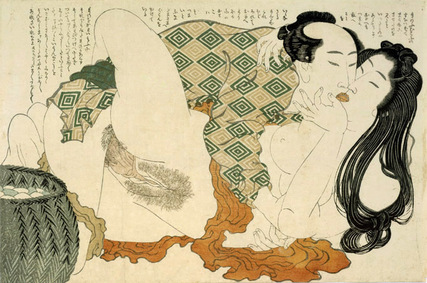 Katsushika Hokusai, The Adonis Plant (Fukujusō) Woodblock print, from a set of 12, ōban ca. 1815 Katsushika Hokusai, The Adonis Plant (Fukujusō) Woodblock print, from a set of 12, ōban ca. 1815 One of the most iconic images in Japanese art is "The Great Wave of Kanagawa" (1831) by the Japanese print artist Hokusai. The wave image, which has been plastered on t-shirts, mugs, post cards and anything else you can imagine, is part of a long tradition of Japanese woodblock print art called Ukiyo-e. Ukiyo literally translates to "floating world" -- a term that loosely invokes the idea of hedonism -- reflected by a time of long lasting peace (from the late 17th to early 19th centuries) in Japan when there was relatively little war and art and culture flourished. Ukiyo-e translates to "images of the floating world." Such wooblock print art spawned imitation art in the Japonism movement of the 1860s and 70s that went on to influence the great impressionist painters of France. This style of Japanese art would also go on to be a source of inspiration for Art Nouveau and Cubism movements as well. During this more peaceful time in Japan, when Edo (present day Tokyo) thrived and gave rise to a new merchant class of Japanese citizenry with money to spend and time for leisure activities such as kabuki, geisha, and enjoying art, many wonderful color prints were made that reflected the interests and habits of Japanese life. Among them was a sub-genre of Ukiyo-e called Shunga. Shunga basically translates to "erotica" and it doesn't leave much up to the imagination. After all, shunga is basically seventeenth century styled pornography which reflected the peaceful days of Japanese hedonistic life, where sex, food and art could thrive and be enjoyed. Interestingly enough, both Japanese men and women purchased and enjoyed shunga, erotic art, which we know for a fact since we have bookstore records that have survived dating back to the seventeenth and eighteenth centuries of Japan. The slips where discovered to have numerous women's names listed on the order showing that even women purchased and collected shunga (a few of these slips have been preserved and were on display at the Helsinki City Art Museum in Finland -- of which you can see scanned versions of the order forms in the art book Forbidden Images -- Erotic art from Japan's Edo Period, ISBN 951-8965-53-6; if you're interested enough to track it down). Another interesting fact is that shunga was viewed by Japanese people to be good luck. Samurai used to carry around rolled up or folded shunga on scrolls on their person, as it was thought to be good luck to carry it into battle. And merchants and traders carried shunga around too, in a tradition involving a similar superstition that held shunga would bring protection against, oddly enough, fires and your house burning down. Next month, in August (2015), the Fukuoka Art museum in Japan is putting on a Ukiyo-e and shunga art display along with a series of lectures on the history of the traditional woodblock are form that I will be attending. (Click here on the English page of the Fukuoka Art Museum to learn more about the exhibit). Luckily, I live in Japan and Fukuoka is just a 45 minute hour hop away from where I live via the Shinkansen (Japan's notorious high-speed Bullet Train). Needless to say, I'm excited to visit this art exhibit. I've enjoyed Ukiyo-e and shunga woodblock art since I first discovered it my sophomore year of college, when I began working toward my Asian Cultural Studies history degree. Part 2: THE EVOLUTION OF SHUNGA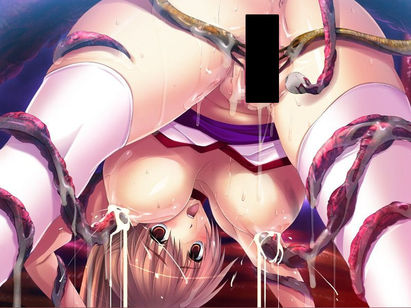 As interesting as all this is, especially for a Japanophile and a history junkie like me, there is something that not a lot of people know about the history of shunga and Japanese erotica. This art form literally spawned the modern-day tentacle porn found in Japanese pornographic animation and comics called Hentai. Hentai literally means "sexual perversion" or "sexual desire." Tentacle porn has become a sub-genre of the Japanese porn industry unto itself and hundreds of Japanese comics, videos, and video games are made each year devoted to this peculiar genre of rape-fetish, bestiality (usually a sea monster or alien type being with phallic probes or tentacles used to explore and probe a female -- and sometimes male -- anatomy), sodomy, bondage themed porn (hey, even finding a borderline NSFW picture is difficult because every image in this genre is wayyyy graphic and wayyy NSFW. The below image was censored by me just because I felt really uncomfortable with how graphic it was, and I selected this one as the lesser of all evils after browsing tentacle porn for fifteen minutes. Now my brain is ruined). Perhaps more shocking than the related image of a adolescent looking girl being molested by alien tentacles, however, is the fact that the beloved woodprint master, Hokusai, who painted the beautiful frothy ocean waves that we saw in part 1 also happens to be the founder and originator of "tentacle porn." In a shunga woodblock print called The Dream of the Fisherman's Wife, perhaps the most famous image in the Kinoe no Komatsu erotic art books published in 1814 of the Edo period, we find a young woman engaged in sexual congress with two octopuses. The image (as seen below) depicts a shell diver girl, called an ama in Japanese (hence the Japanese title Taco no Ama), who is enveloped in the arms of two octopuses. The larger octopus, called Oyakata (which means Master), performs cunnilingus on her, while the smaller octopus, the apprentice, assist by fondling her mouth and nipple. In the text above the image, the story relays, in first person, the mutual excitement by all parties of the encounter. Since the woman gives her consent, it is technically not a depiction of rape but consensual act of zoophilia / bestiality. Personally, I think it is an amazing piece of art, both in terms of its historical value and what it says about Japanese culture and society. But if you ever wondered where the strange idea of Japanese tentacle porn animation came from, well, now you know the rest of the story.
0 Comments
Leave a Reply. |
Tristan VickBy day I am an educator and a cultural ambassador. By night I entertain notions of being a literary master. In reality I am just a family man and ordinary guy who works hard and loves writing just about as much as I love my family. Just about. AVAILABLE NOWNEWSLETTER
|
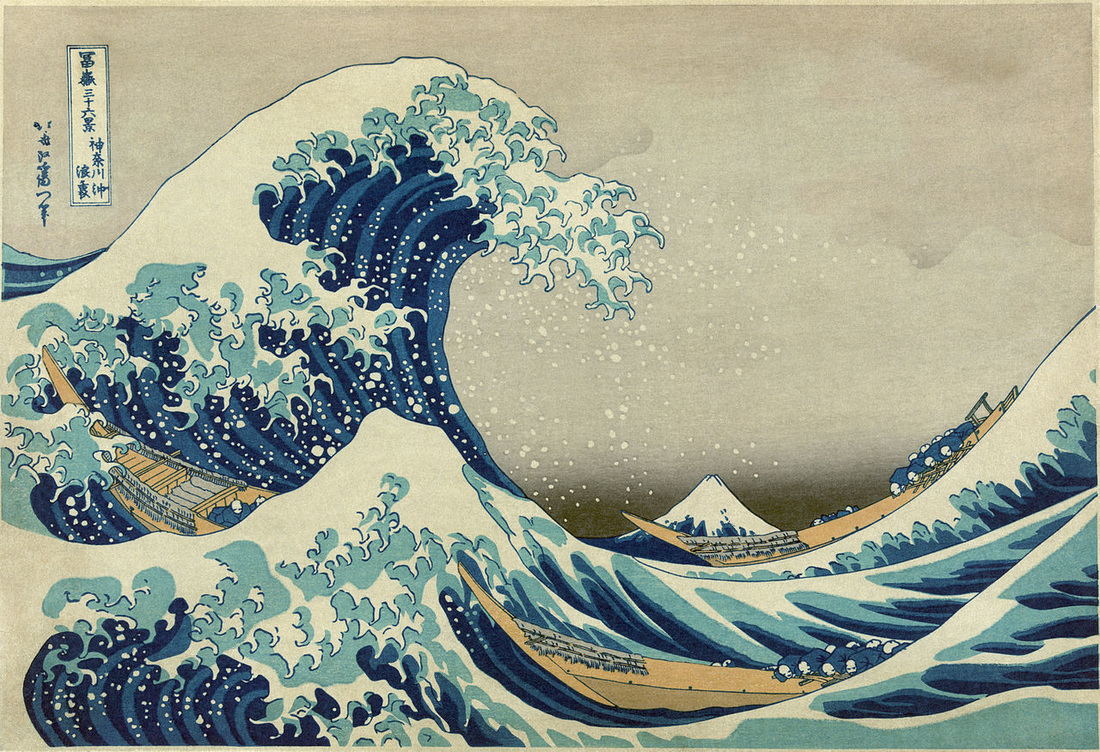
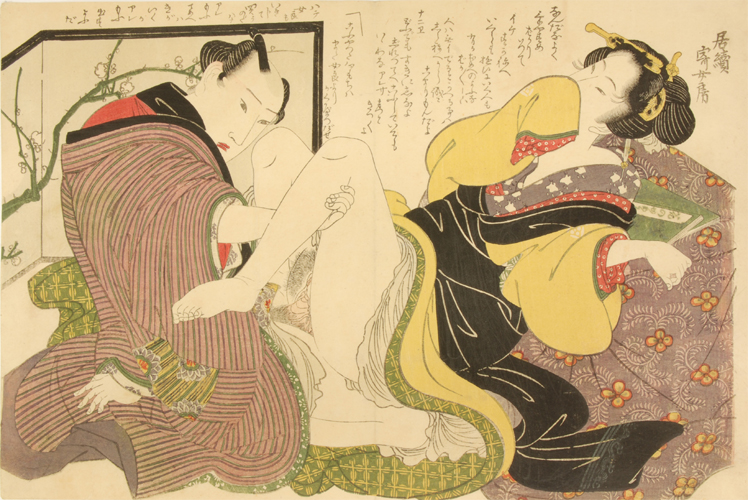
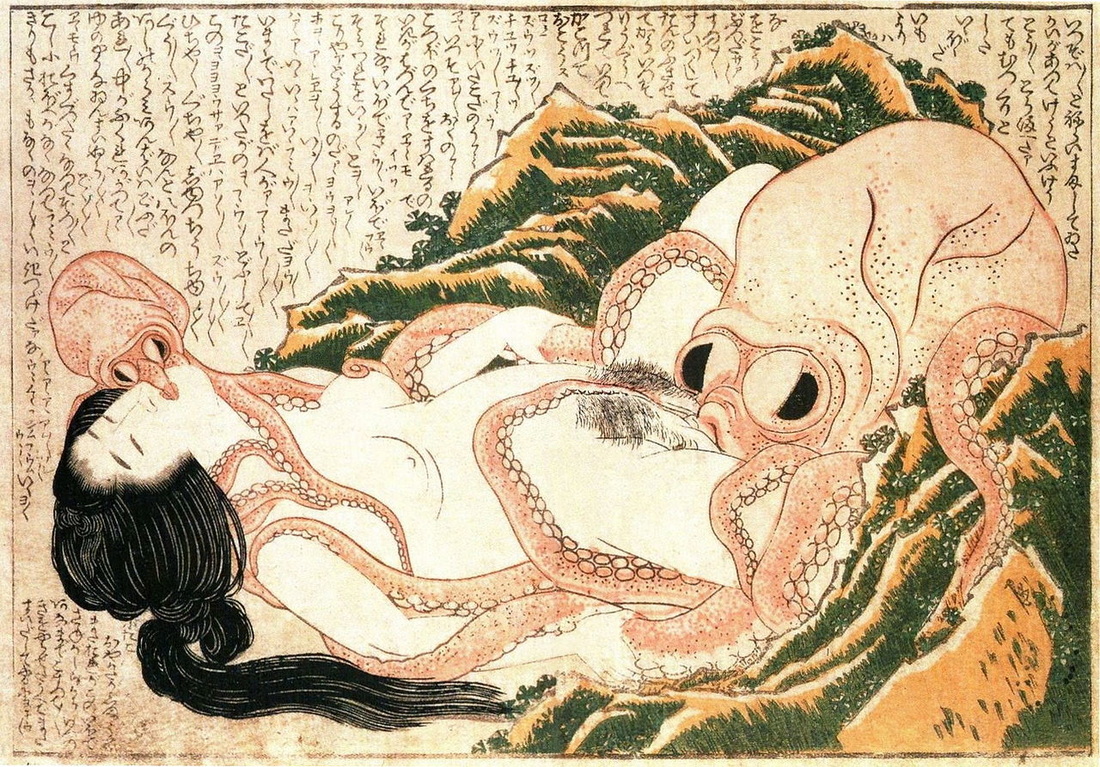


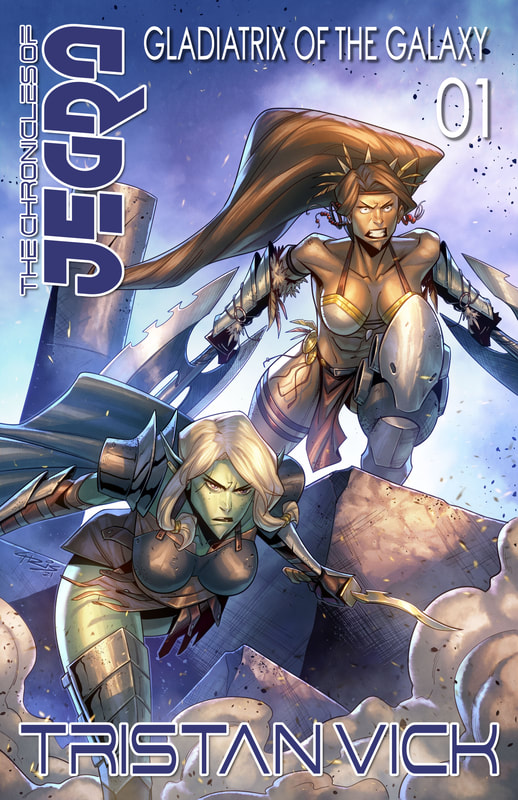
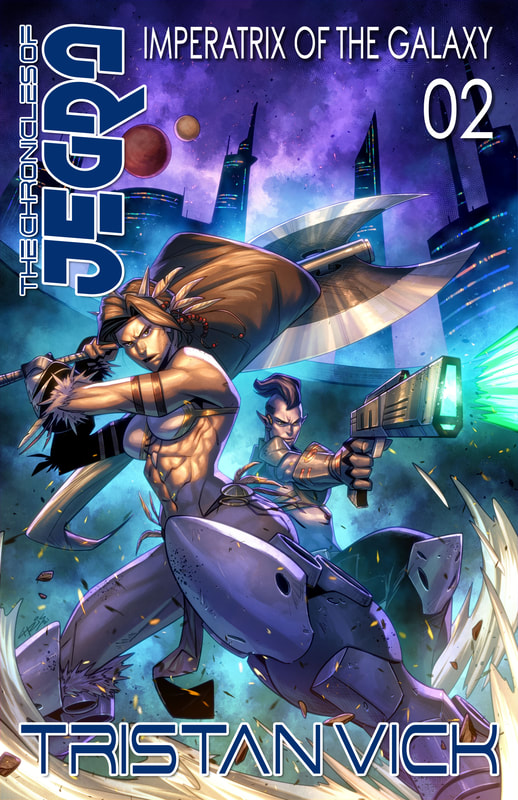

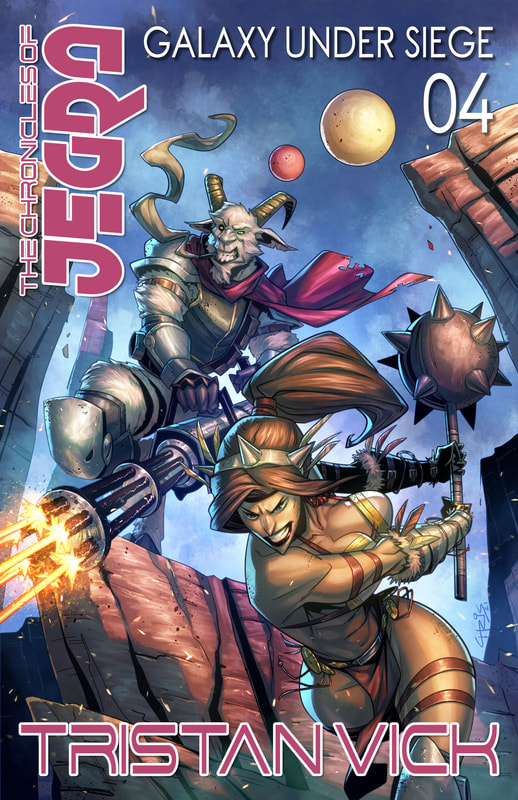
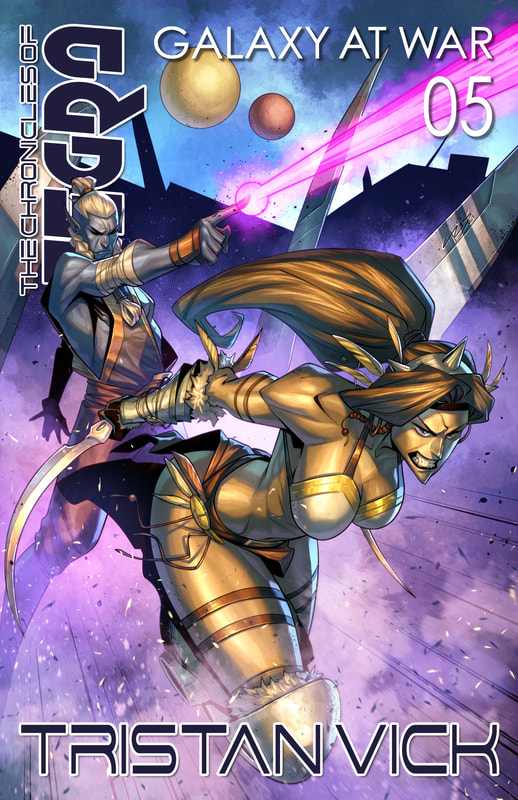
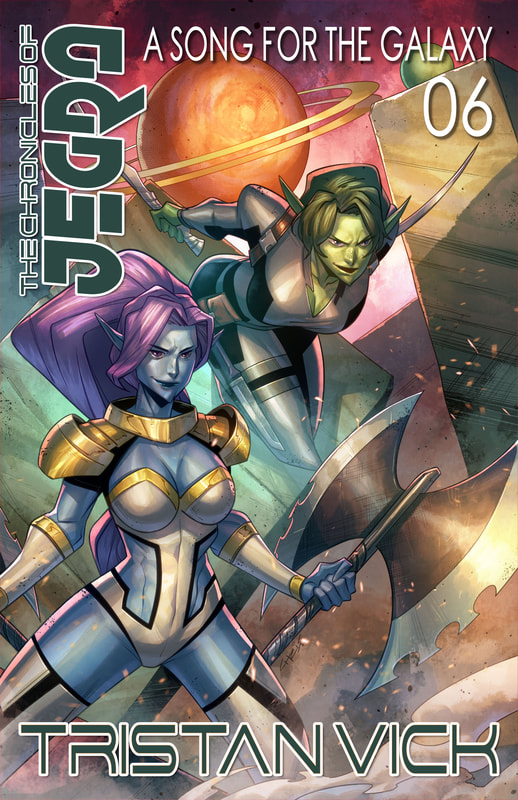

 RSS Feed
RSS Feed

